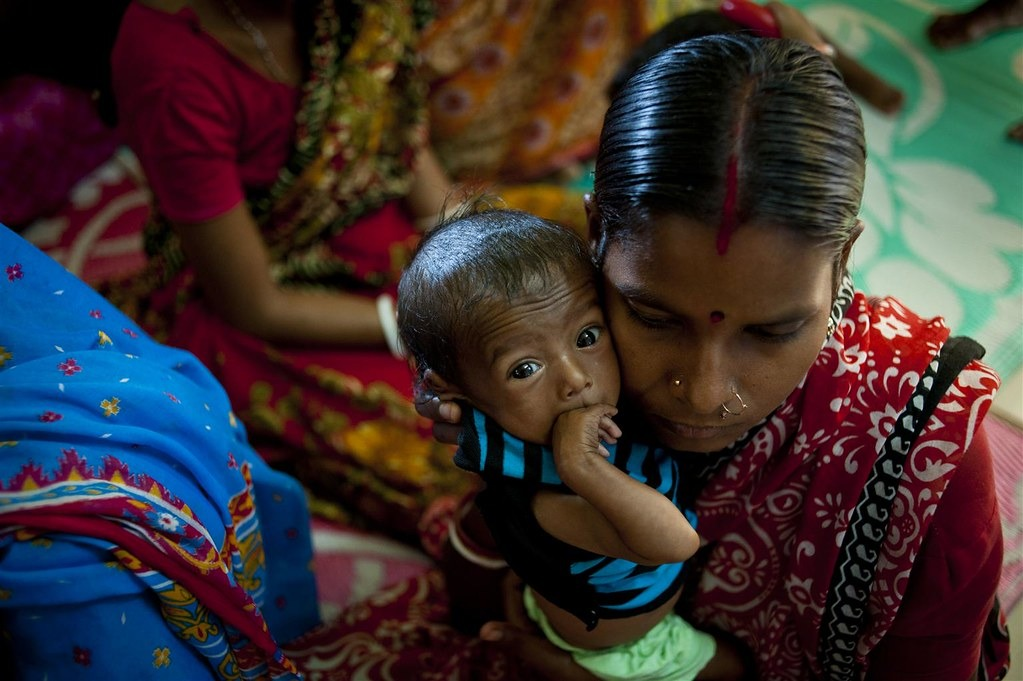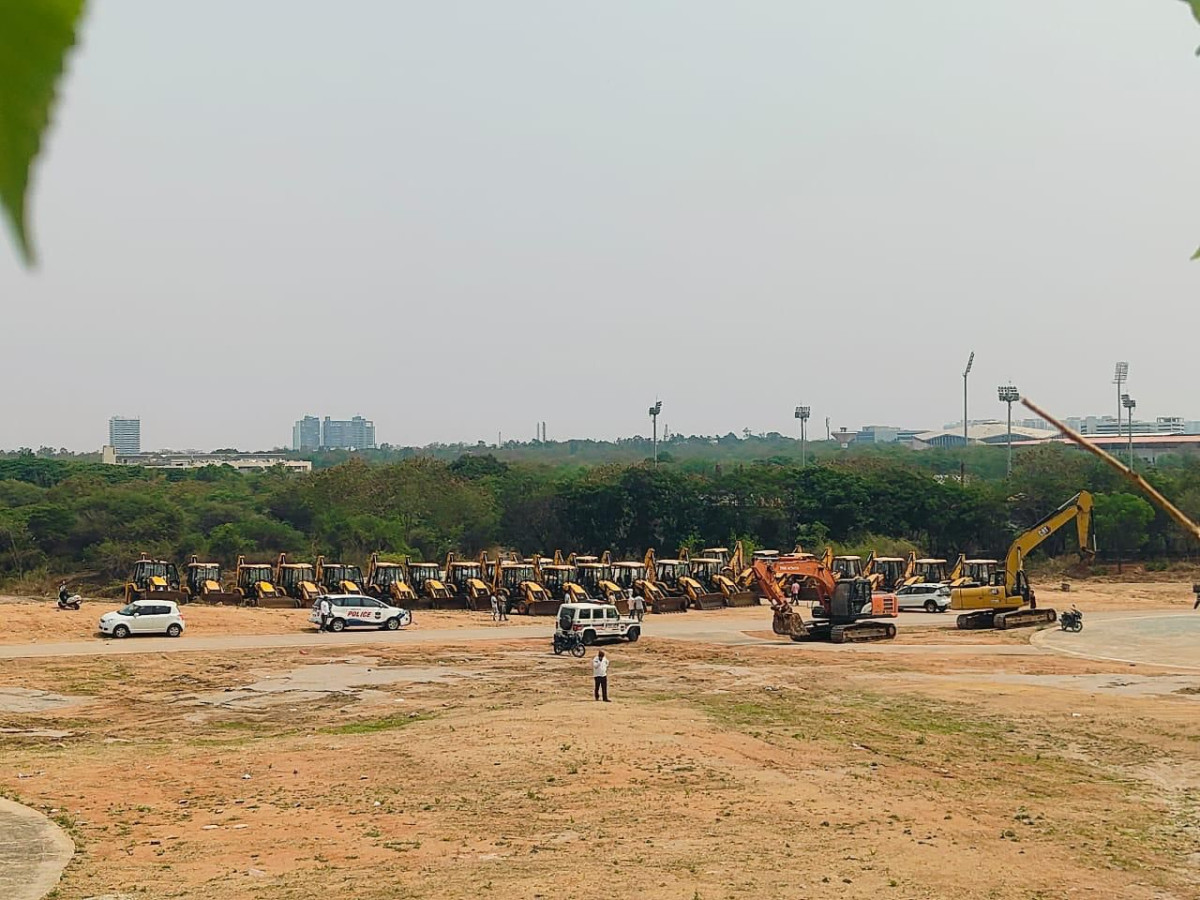Introduction: A Nation of Goddesses, a Reality of Neglect India venerates goddesses in myth but undermines the minds of its women in reality. Women’s mental health—an intricate interplay of biology, social environment, and economic security—is often treated as a purely medical issue. Yet behind the clinical labels lies a political indictment of a society where gendered violence, economic exploitation, and public neglect combine to create conditions of chronic psychological distress.
A Gendered Mental Health Gap
Recent research reveals a striking gender disparity. The National Mental Health Survey (2016) shows that Indian women account for nearly four in ten stress-related disorders and three in ten anxiety disorders, while the World Health Organization notes that women are almost twice as likely as men to experience depression during their lifetimes. Biological factors such as hormonal fluctuations during menstruation, pregnancy, and menopause play a role, but medical science also confirms that social determinants—poverty, violence, discrimination—are among the strongest predictors of mental illness. Women are further socialized to internalize distress. Clinical studies consistently find that men tend to externalize suffering through aggression or substance use, while
women are more prone to depression, anxiety, or eating disorders. This “internalization” is not a personal weakness but a cultural pattern that rewards silence and endurance over expression and resistance.
The Architecture of Distress: Culture and Capital
From girlhood, obedience and self-sacrifice are presented as virtues. Restrictions on mobility, education, and sexuality—justified in the name of tradition—prepare women for a lifetime of caregiving at the cost of autonomy. Early and forced marriages, still common in several states, interrupt education and cement dependence; they are strongly correlated with higher rates of depression and suicidal ideation (Lancet Psychiatry, 2022). This conditioning feeds an economy reliant on women’s unpaid and underpaid labor. India’s Time-Use Survey (2019) shows that women spend five times more hours on unpaid domestic work than men. Many women perform a “double shift,” holding a formal job and then working hours at home, a pattern that sharply raises the risk of burnout, chronic fatigue, and anxiety. Urban professional women may outsource domestic work, but their empowerment often rests on the poorly paid labor of other women whose own psychological suffering remains invisible. For Dalit, Adivasi, and working-class women, caste oppression and hunger wages multiply the burden, revealing how gendered suffering is inseparable from class exploitation.
Violence and the Mental Health Fallout
Gender-based violence remains one of the strongest predictors of mental illness. The National Family Health Survey (2019–21) reports that nearly one in three Indian women has experienced physical or sexual violence from an intimate partner. Survivors of domestic abuse are three times more likely to suffer from major depressive episodes and post-traumatic stress disorder (Indian Journal of Psychiatry, 2020). Despite the Mental Healthcare Act (2017), which guarantees the right to affordable treatment, India spends less than 1% of its total health budget on mental health—far below the global median of 2%—and employs only 0.75 psychiatrists per 100,000 people, a fraction of the WHO’s recommended minimum of three. Between 2015 and 2021, only 38% of funds allocated to national mental health programs were actually used. This is not mere inefficiency but a political choice: the state offers biological explanations (“it’s hormonal”) and individual coping strategies (“practice self-care”) to depoliticize suffering and shift the locus of pain from structural injustice to personal deficiency.
Figure 2: Mental health budget versus total health budget (approximate percentages).
Biology as a Marketplace
Women’s biology is also drawn into the marketplace. Menstruation, pregnancy, childbirth, and menopause are often medicalized and commercialized, stripped of their social context. Conditions such as premenstrual dysphoric disorder (PMDD) and postpartum depression remain underdiagnosed, especially in rural India, while pharmaceutical companies aggressively market antidepressants and hormone therapies. The so-called “pink tax” inflates the cost of menstrual products, and budget cuts to family welfare programs leave women to bear the financial and psychological costs of reproduction. The reproductive body becomes a profitable frontier: a terrain of political and commercial manipulation where profit routinely trumps care.
Suicide: The Silent Protest
The consequences are deadly. India accounts for over 36% of global female suicides (Lancet Public Health, 2018), and suicide is now the leading cause of death among Indian women aged 15 to 29. Dowry harassment, intimate partner violence, landlessness, and economic insecurity are common triggers. For rural, Dalit, and Adivasi women with limited access to healthcare or legal recourse, suicide can appear as the only form of agency left. Government prevention strategies—hotlines, awareness campaigns—focus narrowly on individual resilience while ignoring the structural catalysts of despair. As feminist scholars argue, these deaths are not isolated psychiatric tragedies but political acts of desperation against a system that offers no escape.
Privatization and the Illusion of Access
Since economic liberalization in the 1990s, mental healthcare has become a lucrative sector dominated by private hospitals, therapy apps, and wellness products. Multi-level marketing companies sell “natural” hormone balancers and expensive wellness kits, offering consumer solutions to structural problems. These interventions create an illusion of access while deepening inequality, selling comfort in the very marketplace that produces distress. Even well-meaning NGO programs often pathologize distress without confronting wage inequality, caste violence, or state underfunding—transforming structural suffering into an apolitical “awareness” problem.
Toward a Politics of Radical Care
A serious national response must move beyond these fragmented solutions. Medical treatment is necessary but cannot succeed if the social roots of illness remain untouched. Genuine healing requires universal, free, and caste-sensitive mental healthcare as a publicly funded right; recognition and remuneration of care work, without which the economy cannot function; land, housing, and wage rights for marginalized women to provide material security; and strong enforcement of laws against gender-based violence with survivor-centered support services. Community-controlled health initiatives, rather than top-down programs, offer promising models of collective care that resist market capture.
Conclusion: Justice as Medicine
Women’s mental health in India is shaped by hormones and neurotransmitters, yes, but also by wages, land rights, and power relations. To heal the mind is not merely to expand therapy or distribute medication; it is to dismantle the social structures that produce despair. Charity and awareness will not suffice. Justice, redistribution, and collective care remain the most powerful medicines.

